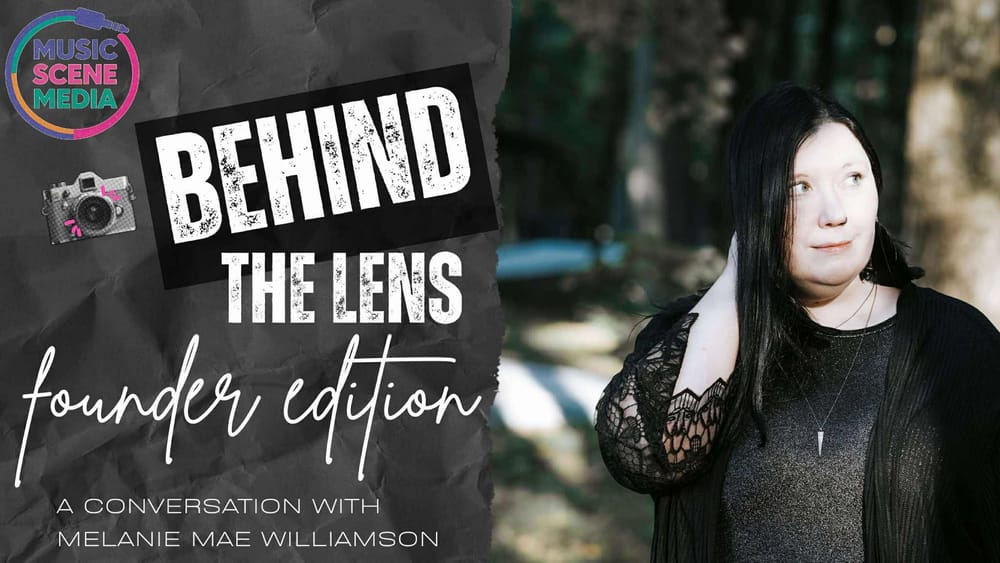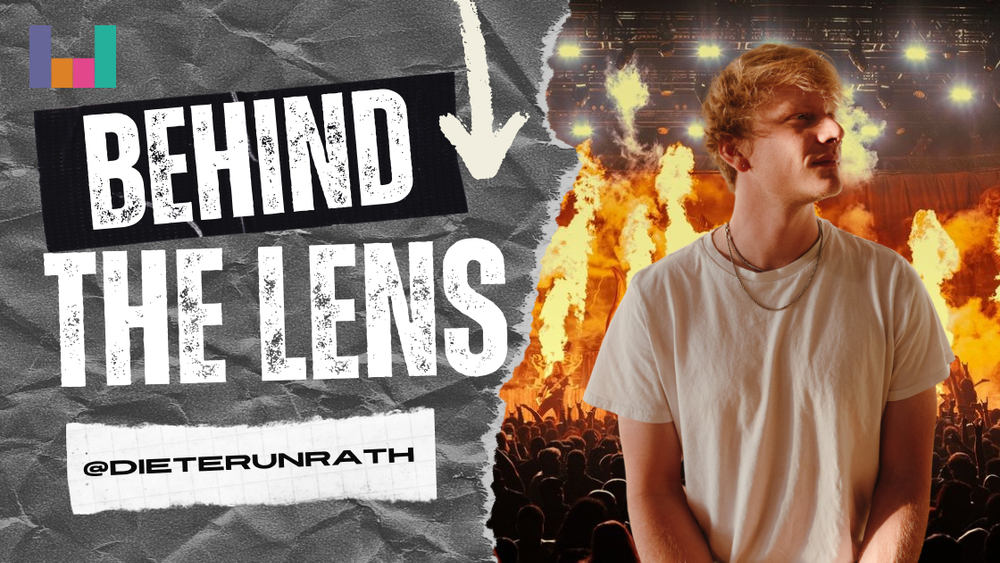From starting with nothing but a camera and a passion to photograph live music to founding a publication that has journalists and photographers spanning the globe that covers some of the biggest acts in the world like Yungblud (the very first approval), Slipknot, Taylor Swift, Green Day, 50 Cent, and every artist in between, Melanie Mae Williamson has been the driving force behind Music Scene Media for 3 years. During this time, she has made connections across the music world with several big-name PR companies, bands, and artists themselves, and has allowed countless writers and photographers to grow in this industry. I was lucky enough to have a moment to chat with Melanie about the publication, the ins and outs of the music industry, and just pick her brain about some topics.
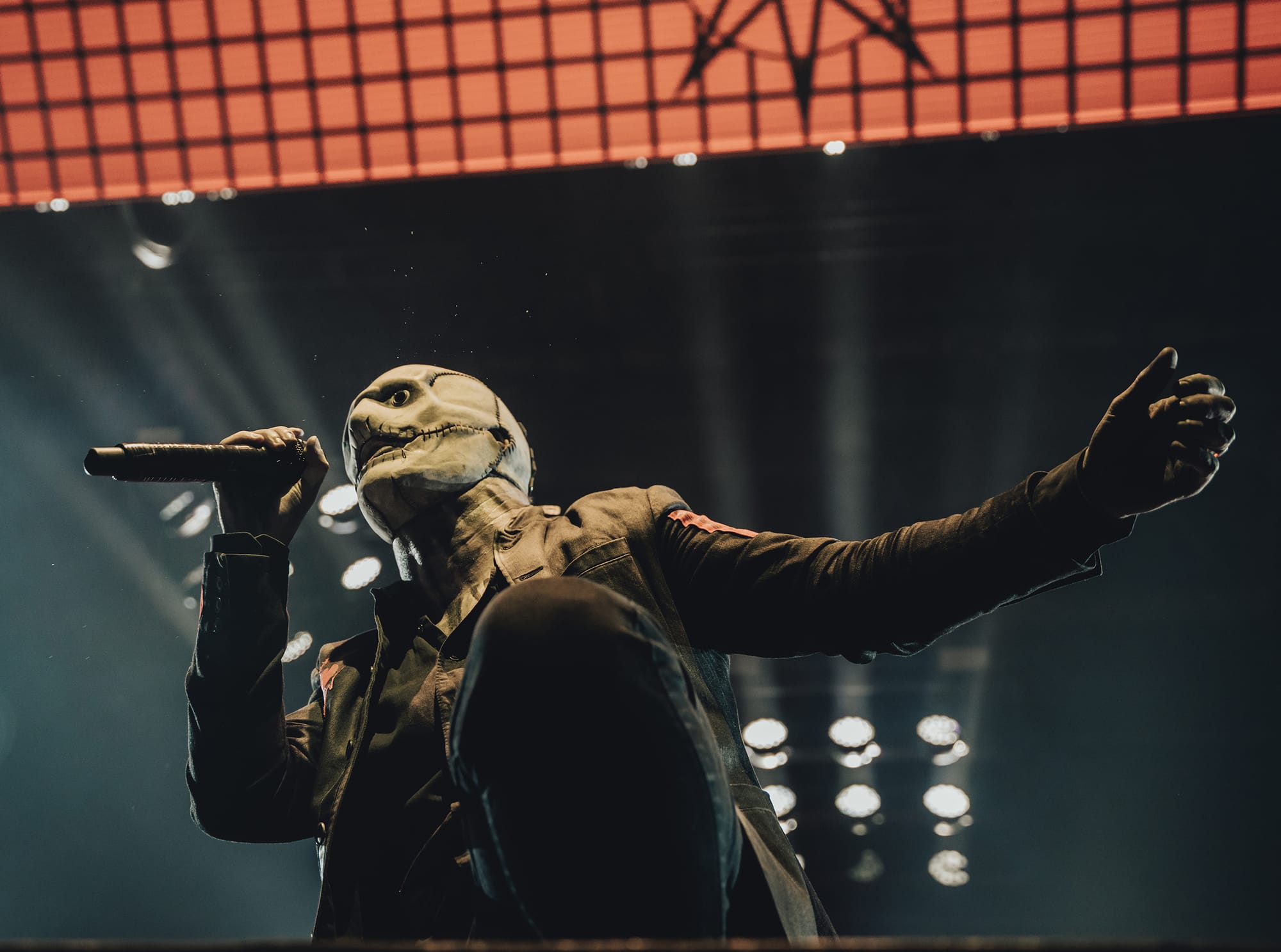
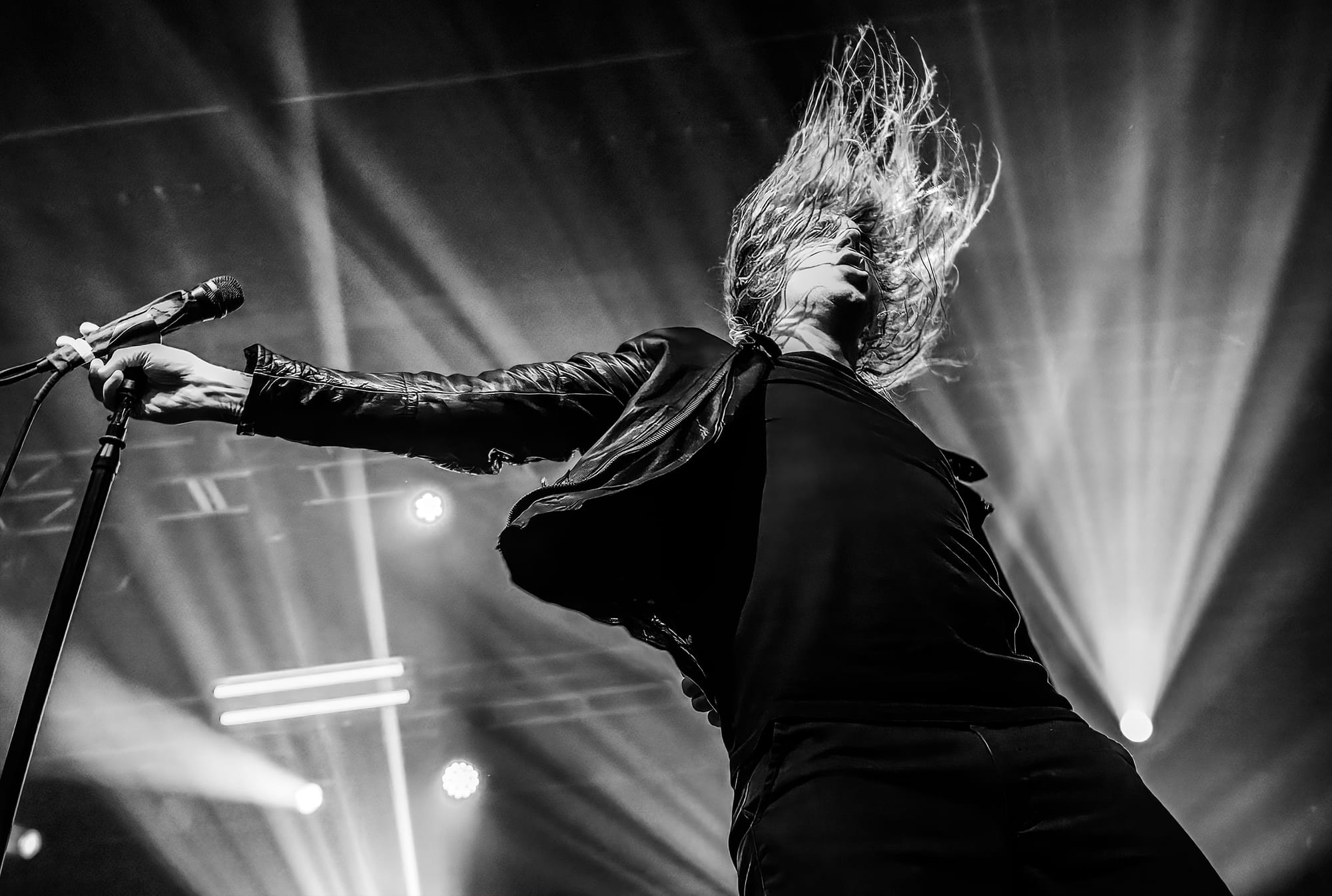
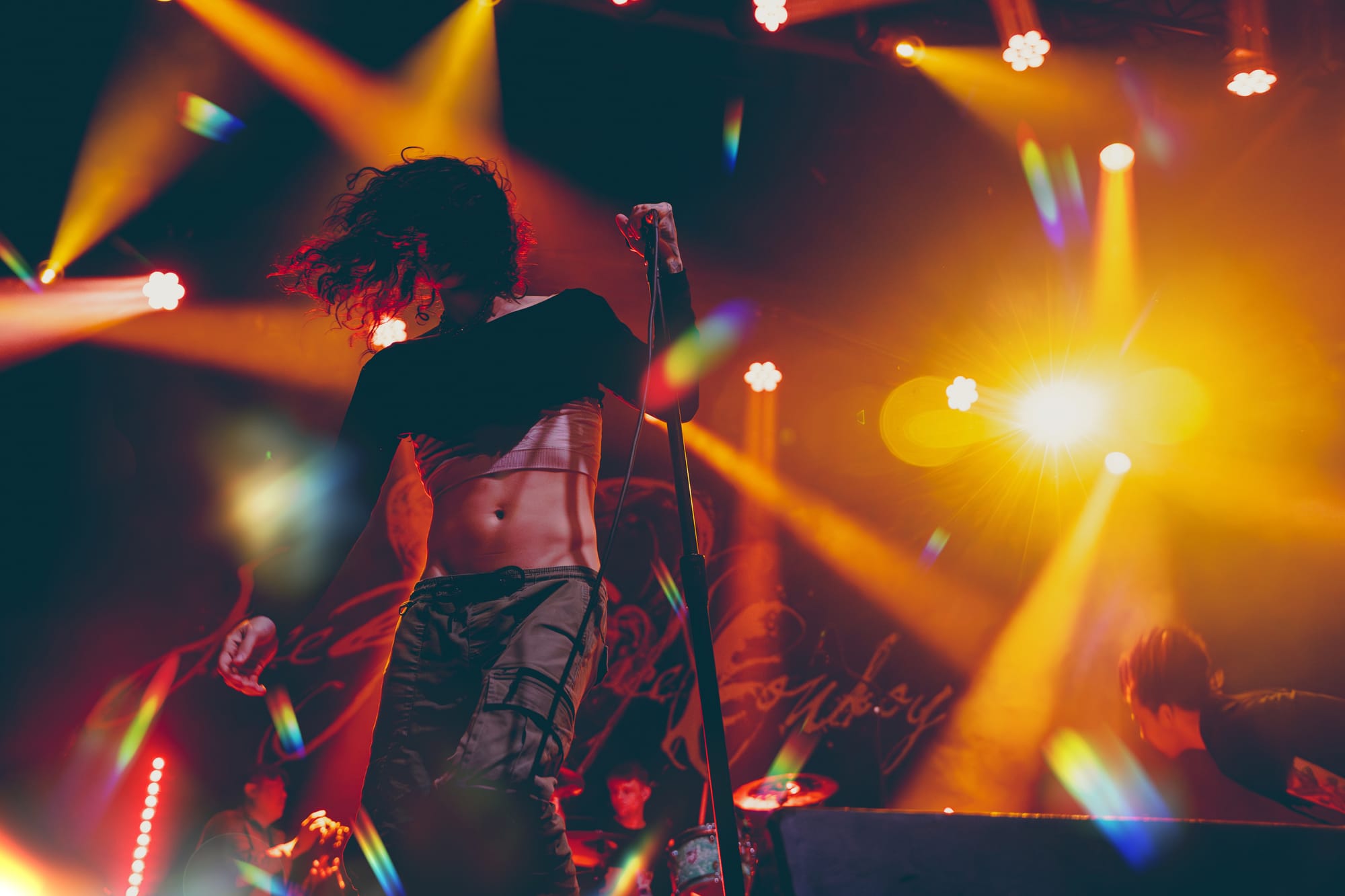
MSM: What first drew you to concert photography, and how did you get started?
Melanie: The year was 2018, and I was seeing my favorite band at the time, Palisades. I had never seen them live, and I was having the time of my life. I remember watching their tour photographer work and thinking, “I could do that.” It was the smallest little seed of a thought that came from nowhere, but I thought more and more on it after that. Why not? I had been a photographer for most of my life already, and live music is my happy place. The next time Palisades came around, I asked them about shooting their set and ended up with my first photo pass. That went amazingly, but I still didn’t know where to go from there, so I randomly went to a local show near me a few weeks later. I just showed up and shot the show. Afterwards, I chatted with some of the bands and offered to send my work over. Things moved very quickly from there.
How would you describe your signature look or editing style? What emotions are you hoping to evoke?
I usually go for a moody vibe with rich colors and sharp contrast, but I also love a good, slightly desaturated look. And I love trying to capture the energy of the moment. I want to tell a story with my photos and for the viewer to feel like they were there.
What gear do you shoot with, and do you have a favorite lens or setup for live shows?
I use a Sony A7III (full-frame mirrorless.) My go-to lens is a Sigma Art 24-70mm f/2.8, and my second most-used lens is a Rokinon 14mm f/2.8.
What’s the most memorable show you’ve photographed, and why did it stand out?
I have so many that stand out, so I never know what to say when people ask me this! I’ve shot a large portion of my favorite artists by now, I’ve shot at nearly every size of venue, and I’ve met so many amazing friends in the pit. I think I’d have to go with the first one that I shot, though—Palisades at Amos’ Southend in Charlotte, NC, in 2019. I got to hang out with the band, and it truly ignited the spark for me. It was the first time in my life that I truly felt like I was doing what I was meant to do, and it was one of the best days of my life.
What advice would you give to new photographers trying to break into the live music scene?
My best advice would be to reach out to your local bands and offer to shoot their set for free until you have a portfolio. I know you’ve heard that a hundred times before, but here’s the secret if you ever want to tour: don’t ever stop doing that. Do you think your first tour is going to be a big band? No, it’s probably going to be that small band that you’ve been working with for years that loves your work. Networking is huge. On top of that, push yourself to try new techniques and learn new skills. If you admire someone who has a style that you love, ask them for tips. Watch YouTube videos. Never stop learning. I strongly believe it takes equal parts of talent and networking to be successful.
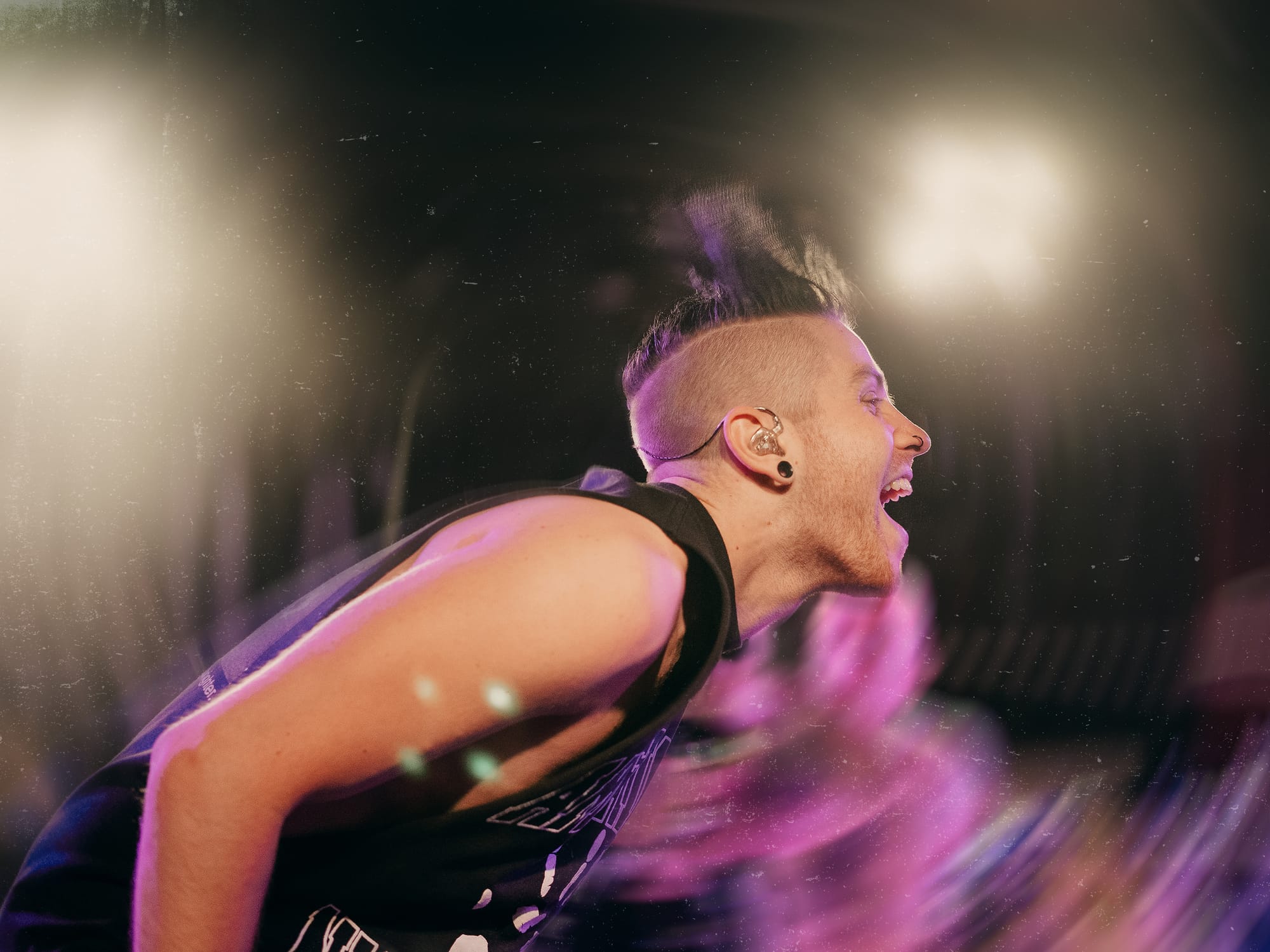
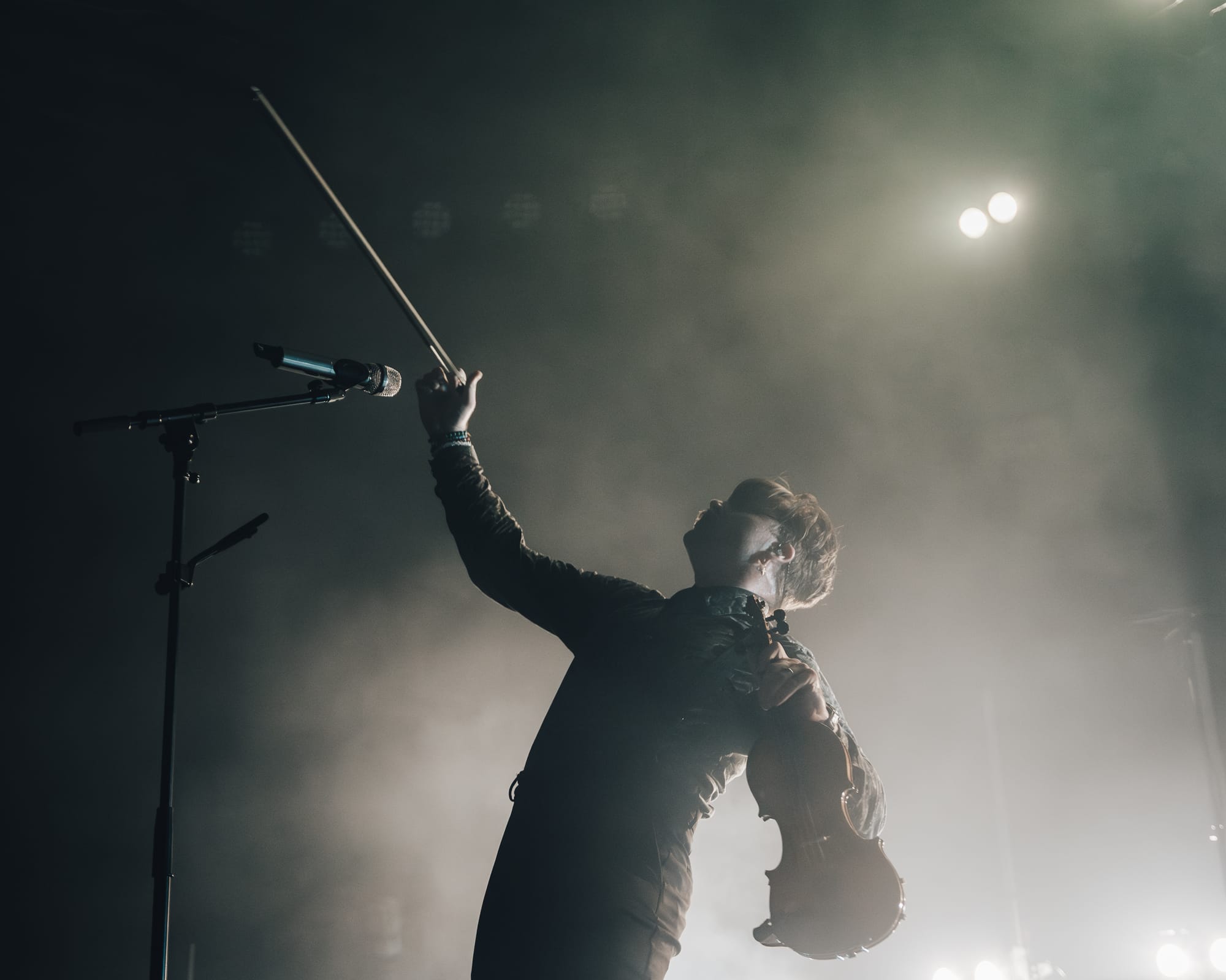
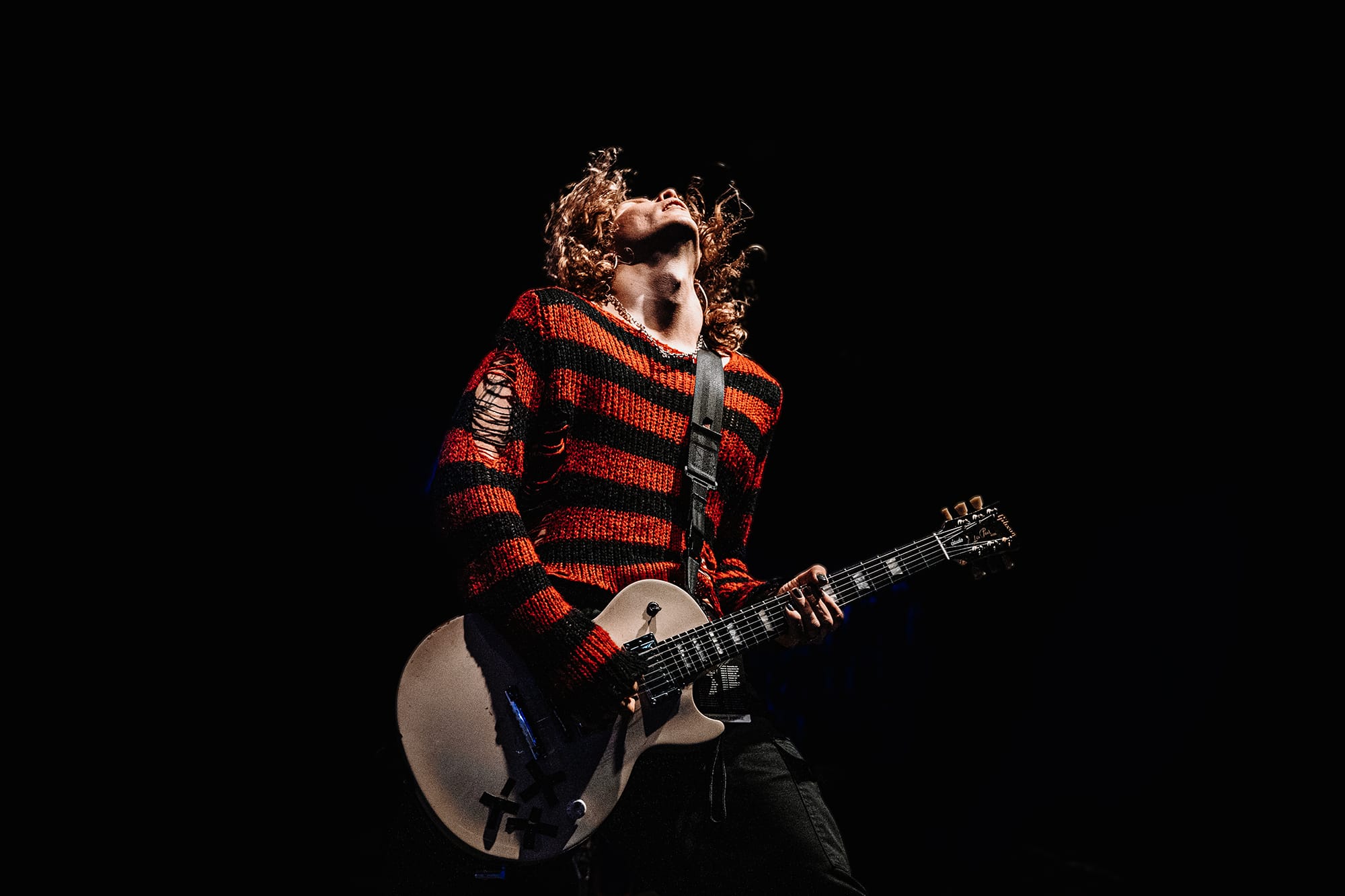
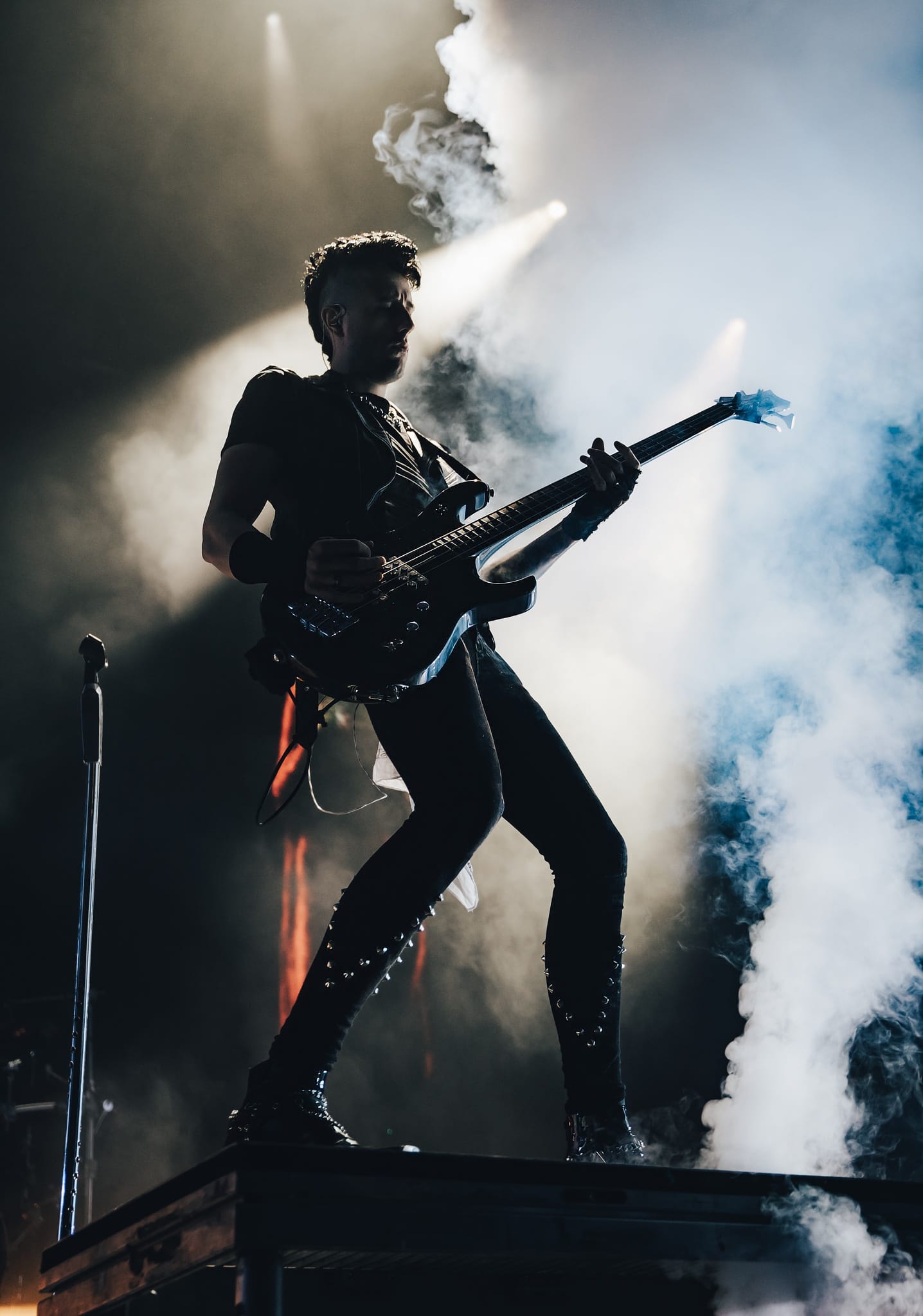
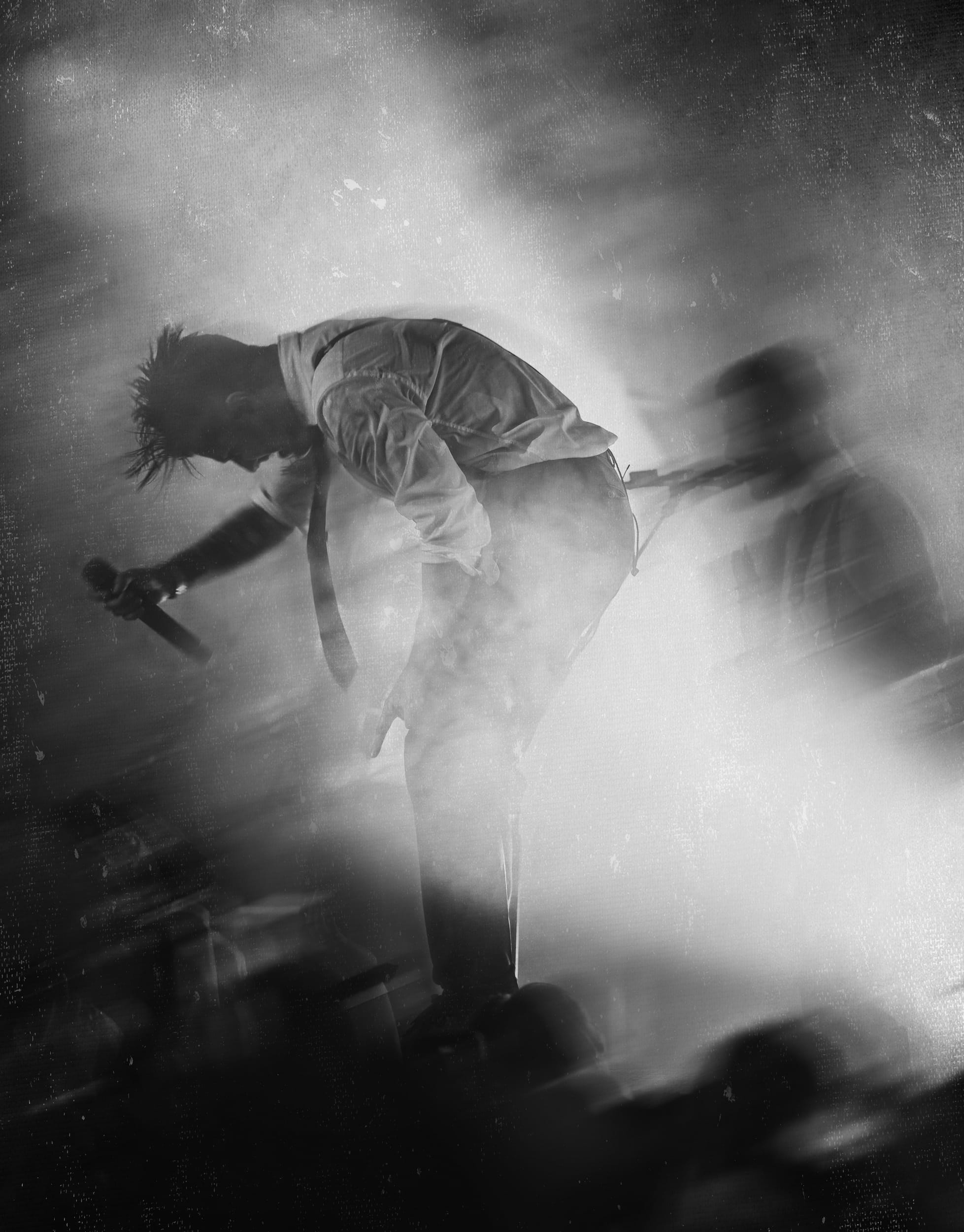
What inspired you to start Music Scene Media, and how has it evolved since day one?
I had been on a total of 3 outlets before deciding to start my own. By then, I felt that I’d learned a lot from each and that I could create my own using the “best” parts from each. At the time, I had no idea that anyone would even be interested in joining, but I had contributor interest right away. The first show we were ever approved for was Yungblud, and it all moved very quickly after that. It’s now evolved into a healthy community of passionate creatives all over the world and united only by their love of music.
What’s something most people don’t realize about running an independent music publication?
It’s very expensive, and the amount of time that I put into it is definitely far more than you’d expect. You could technically run a publication and not put as much time into it as I do, but I don’t know how successful you’d be. It’s all a labor of love, though.
How do you choose who joins your team, and what makes a contributor stand out to you?
I look for high-quality work, of course, but it’s equally important to choose contributors who I feel would be a good teammate. We have a great little community going, and I think of us as a large family. I greatly value those who add to that vibe.
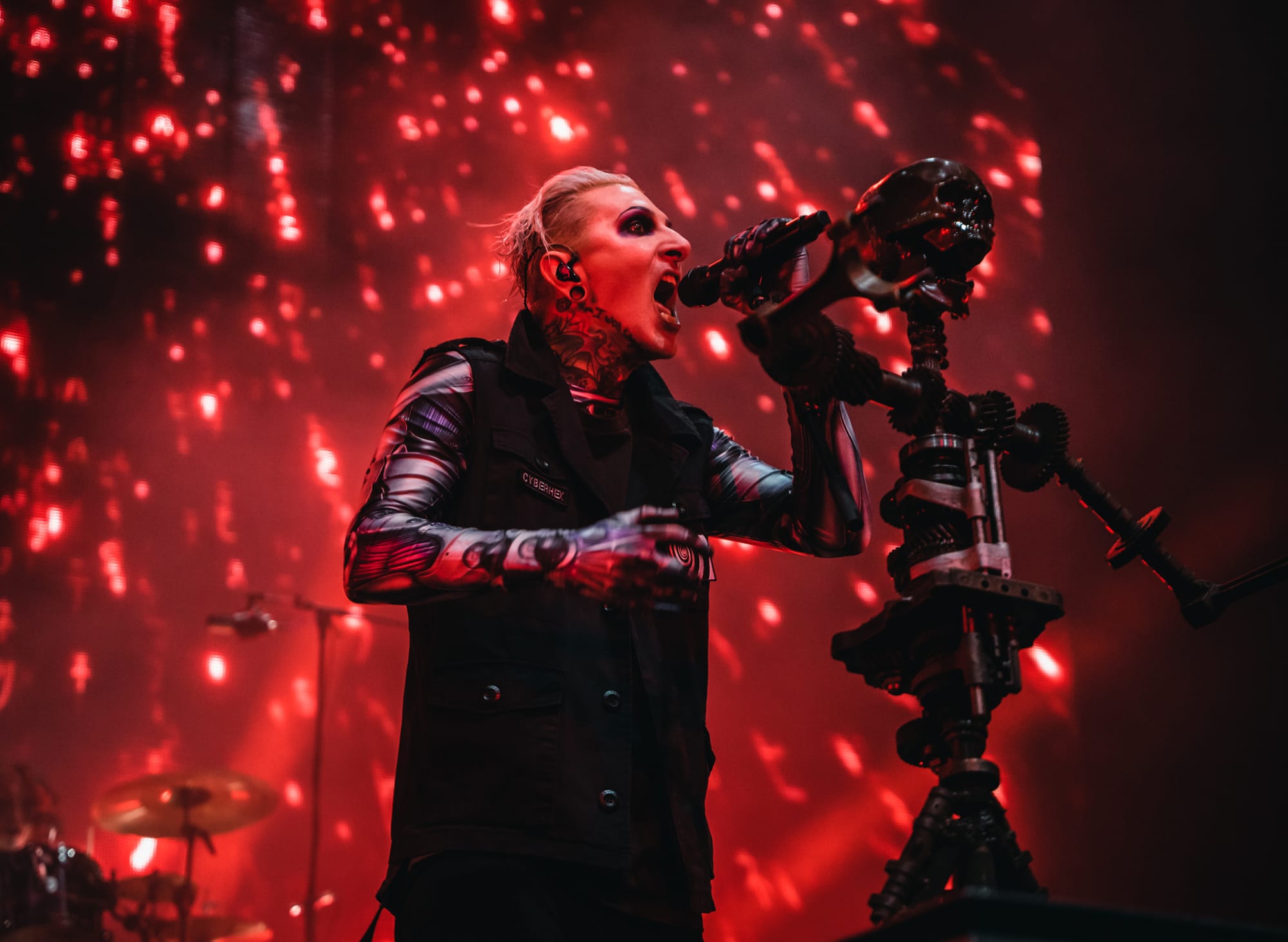
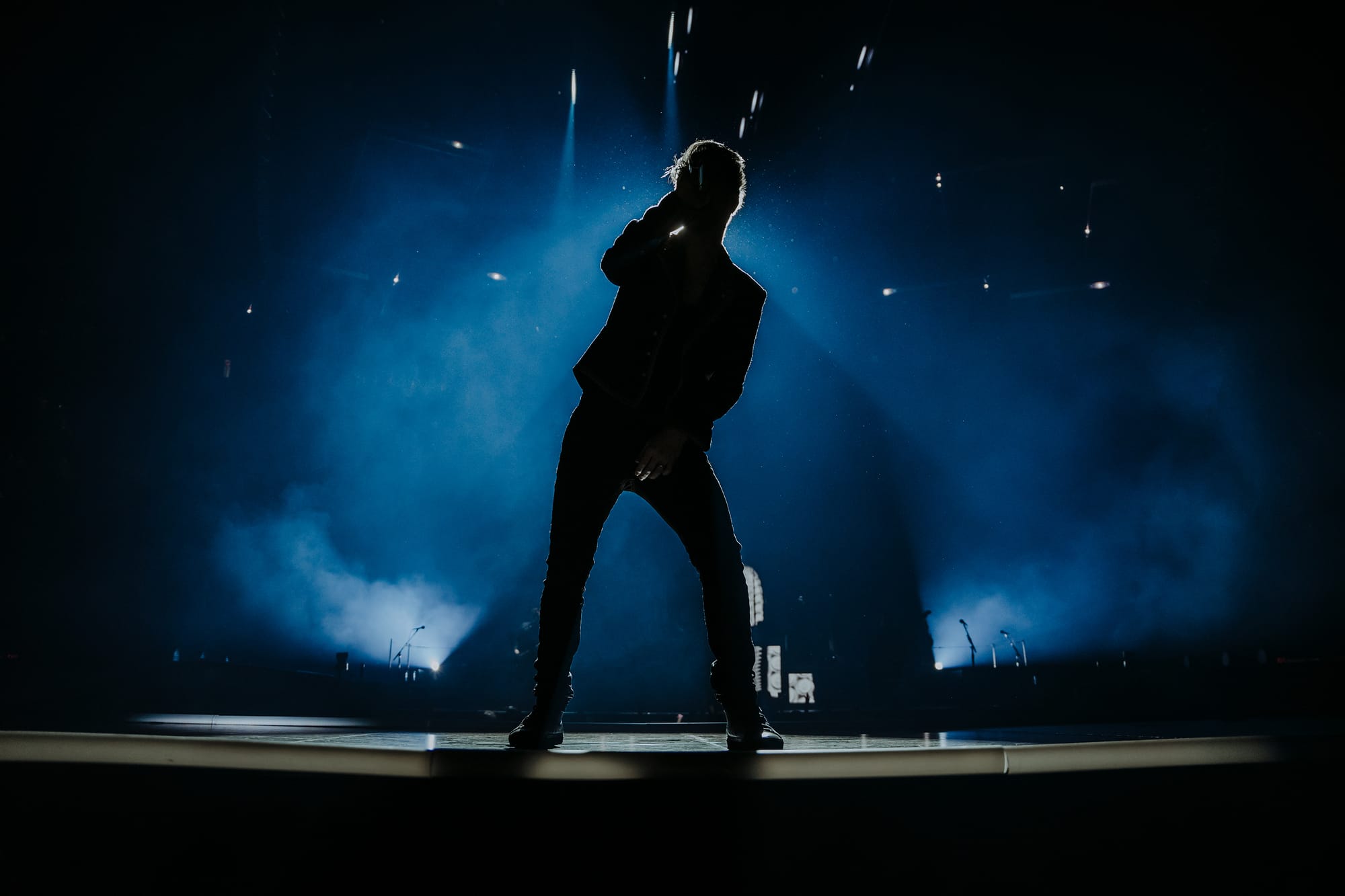
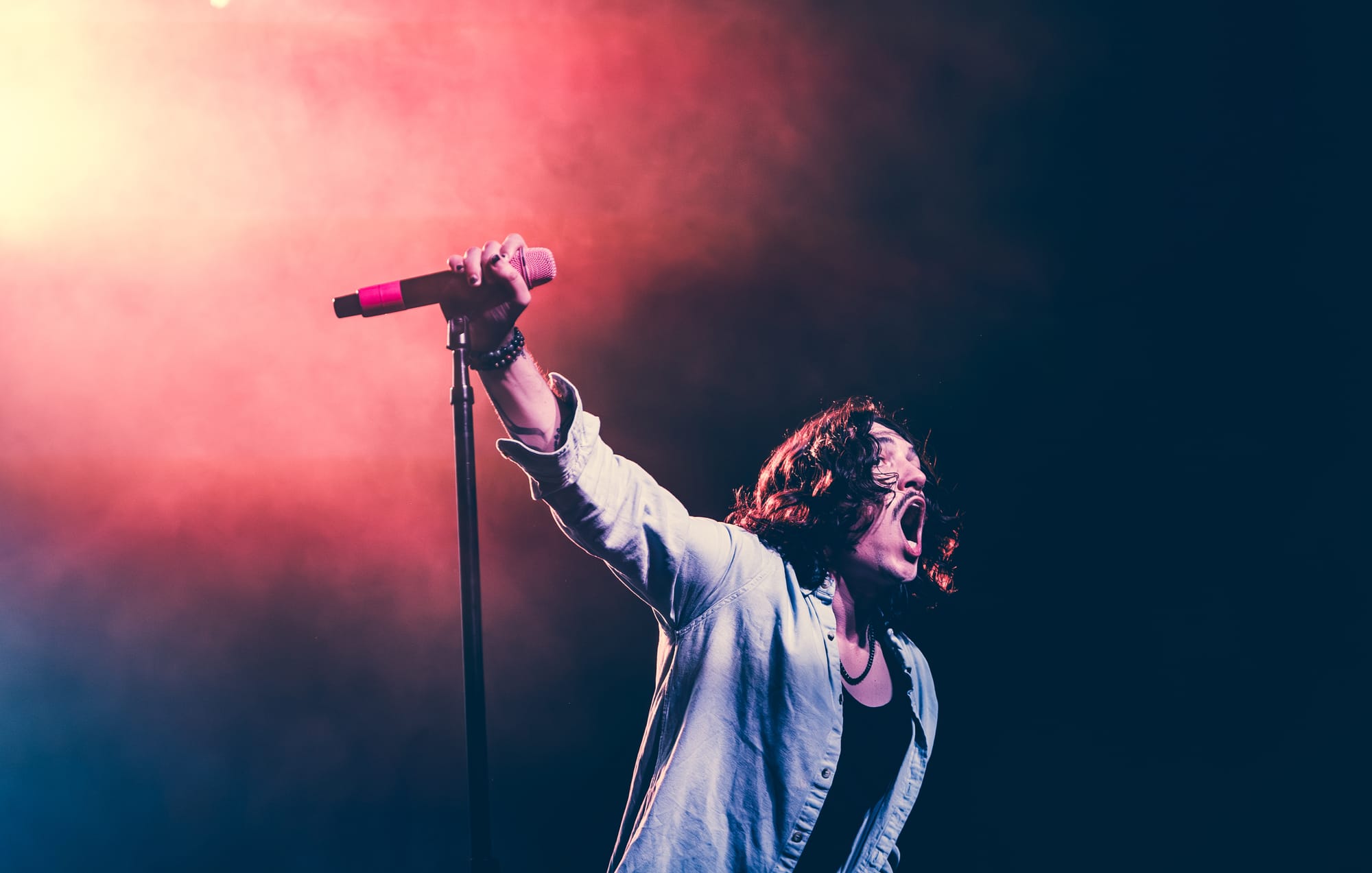
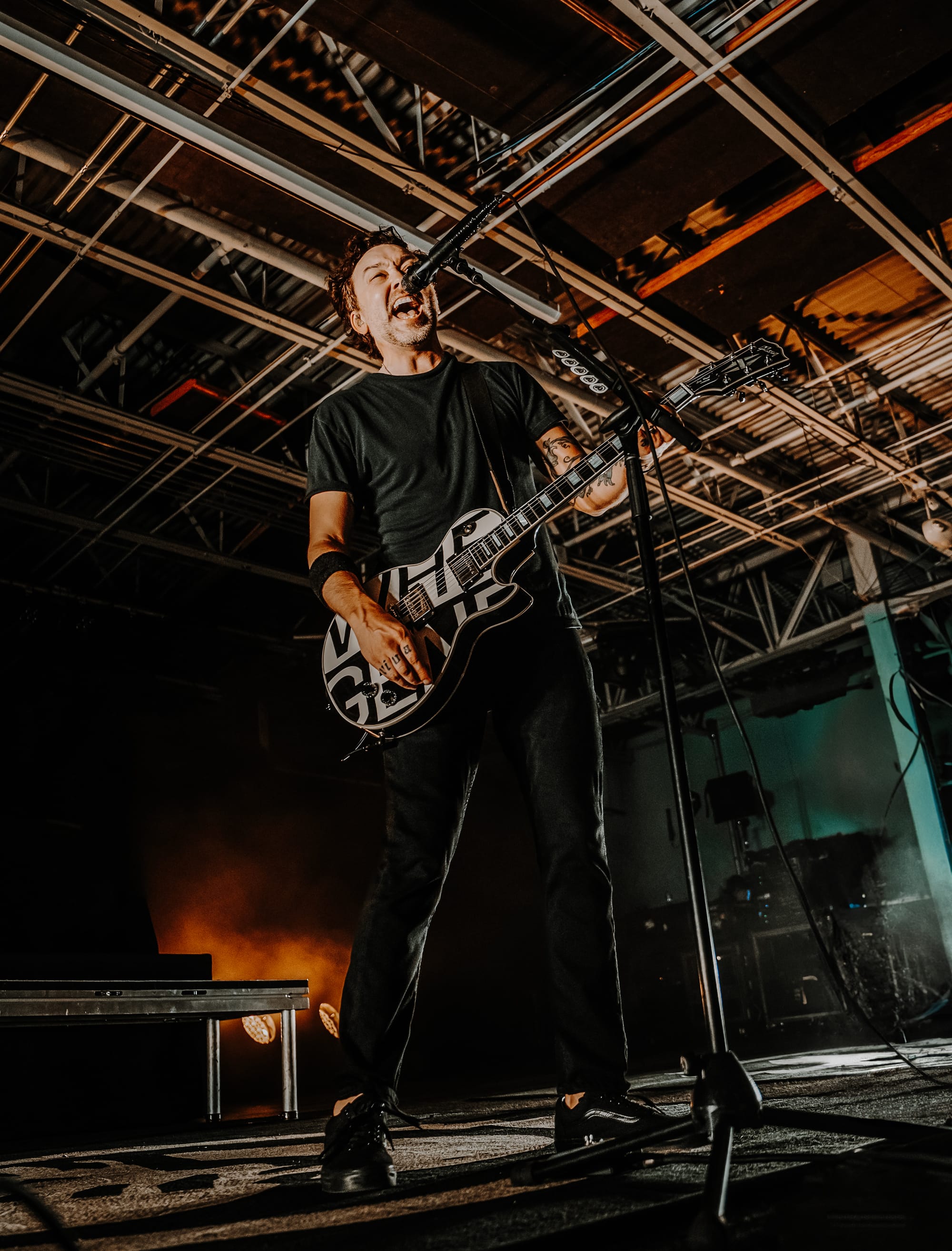
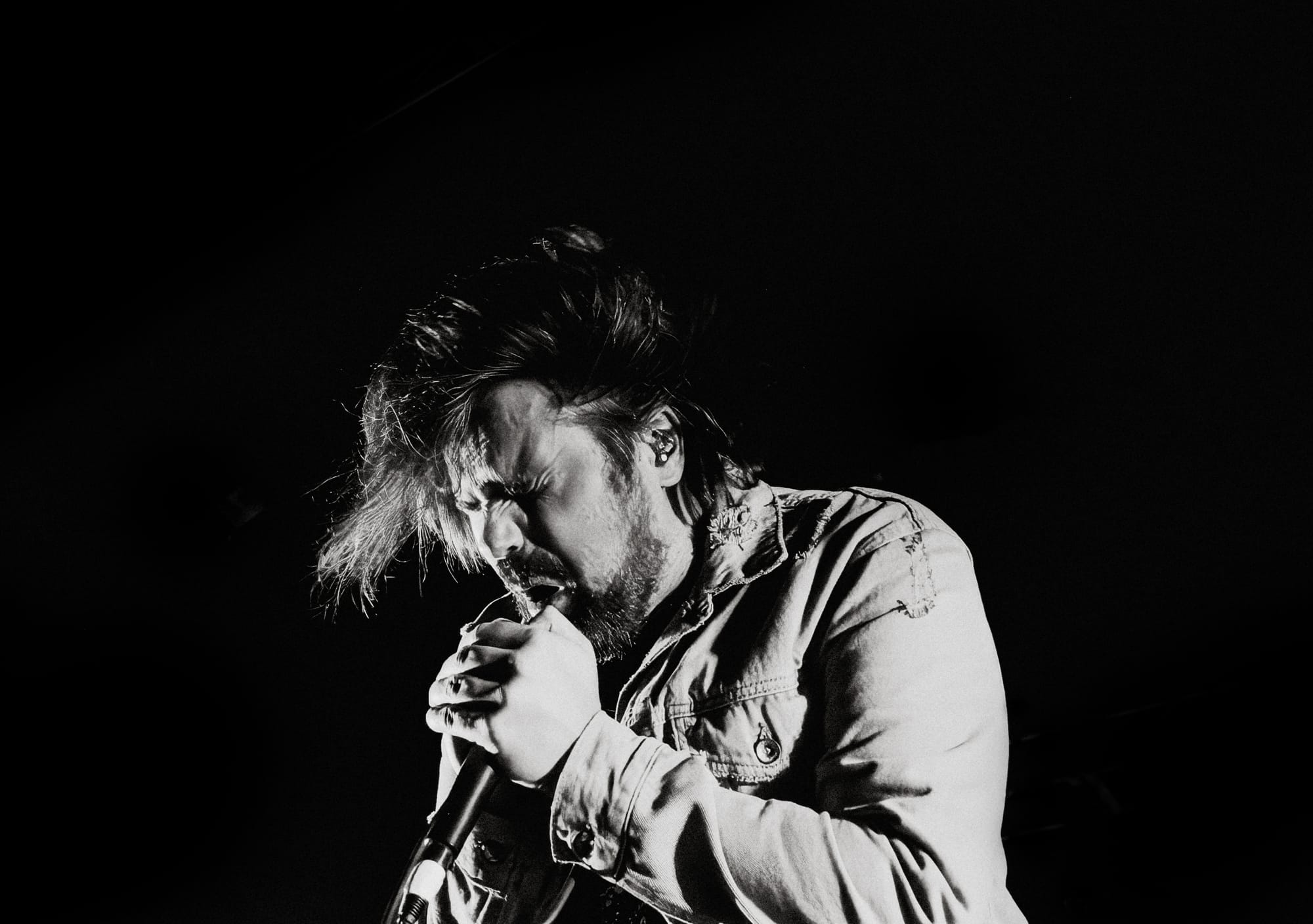
What are your biggest challenges when juggling both the creative and leadership sides of MSM?
It’s crazy. I honestly still don’t feel like I know what I’m doing, but I have a phenomenal team. I’ve chosen assistant editors that I trust completely, and I go to them for guidance whenever I need help or am unsure of something. And, with bigger decisions, I like to involve the whole team as well.
What are your goals for MSM moving forward, both creatively and professionally?
I actually don’t know. I never expected it to be as successful as it is, and I’m still unsure of its full potential. I would love to be able to monetize it in some way someday so that I could compensate my team, but I’m just going day-by-day.
If you could shoot any band or artist, past or present, who would it be and why?
MGK, for sure. He’s my favorite artist, and his shows always look so fun!
What keeps you going on tough days, when burnout or self-doubt creeps in?
This is going to sound cheesy as hell, but it’s my team that keeps me going. I love seeing all that we’ve accomplished, but what means more to me is the times when team members have randomly told me how happy they are at MSM or thanked me for all that I do. Knowing that I’ve created this “place” for them and watching them get to photograph their favorite artists is enough to keep me going.
